All about organic fertilizers
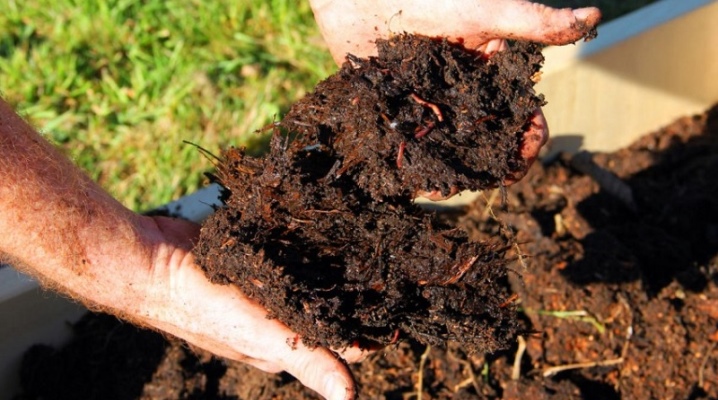
Every experienced gardener or summer resident knows that plants need to be fertilized periodically. Currently, a large number of chemical-based dressings can be found on sale. However, organic fertilizers can be considered the simplest, cheapest and safest.
What it is?
Organic fertilizers are special formulations that have a natural basis and are used to enrich the soil. These substances are created by nature itself to nourish the soil and thereby stimulate the growth and development of vegetation. Fertilizers of organic origin are composed of natural substances. They usually contain almost all the elements of the periodic table, including potassium, magnesium, phosphorus, nitrogen, iron, and many others. Also in the dressings there are bacteria and microorganisms that have a beneficial effect on the soil structure, and, accordingly, on the yield.
Compositions for fertilizing the soil are horse, cow, pig manure, bird and rabbit droppings, as well as plant decomposition products, sawdust. Natural fertilizers include peat, humus and compost.
Before using any type of organic feeding, you should carefully study its features and application rates.
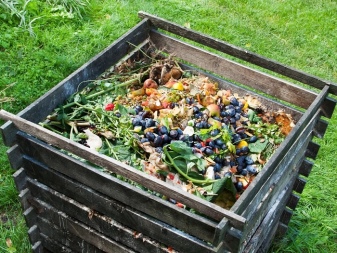
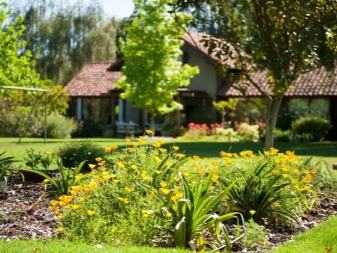
Why are they considered the most valuable?
Organic fertilization is a must for almost all soils. They are considered to be quite an effective way to improve soil health and maintain its fertility. The role of this nutrient in garden and suburban lands can hardly be overestimated. The negative effect of natural dressing is practically not manifested, except for cases when too large a dose of the substance was introduced into the soil.
The main positive properties of organic fertilizers are as follows:
- replenishment of nutrients in the soil;
- softness of influence, low rate of decomposition, gradual release of nutritional ingredients for vegetation;
- the duration of the action, which is observed for 4 years after application to the soil;
- improvement of water, thermal and air characteristics of soil;
- enrichment of the soil with humus;
- increasing the absorption capacity of the soil;
- improvement of the structure of the earth and its enrichment with auxin, heteroauxin, gibberellin.
Natural dressing not only increases the fertility of the land, but also serves as food for the microorganisms that live in it. Thanks to their introduction, the activity of the latter and their number increases.
In addition, these compositions are a source of carbon dioxide, contributing to the qualitative development and full growth of various representatives of the flora.
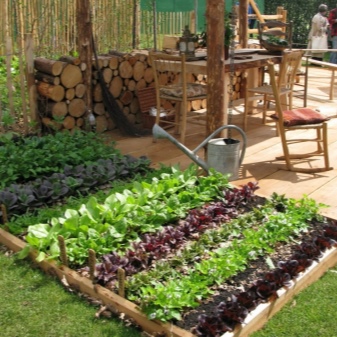
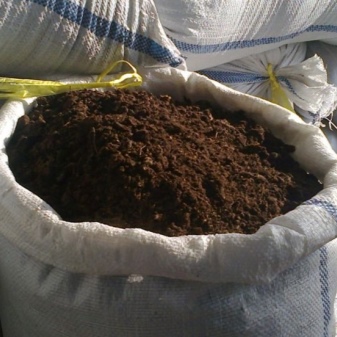
Types and their characteristics
Natural replenishment of the soil contributes to its saturation with substances that are needed to obtain a generous harvest. The classification of organic fertilizers includes a fairly wide list of dressings. Natural formulations are divided into fertilizers of plant and animal origin. Organic fertilizers include bran, various types of manure, rotted plant and herbaceous residues, as well as silt, peat and much more.

Manure
Manure is an organic fertilizer based on animal waste.
- Bovine. This fertilizer is one of the most demanded, as it is suitable for many types of crops. This substance contains a significant percentage of nitrogen, potassium, phosphorus and calcium.Cow dung is not a nutritious type of organic matter, for this reason, it must be introduced into marginal soils either in large quantities or in combination with other types of dressings.
- Horse dung has great value and nutritional value, unlike cow. It contains a large number of useful ingredients necessary for the growth of vegetation. The cow fertilizer contains 4.7 g of nitrogen, 3.5 g of calcium, 2 g of potassium, so it should be applied in a smaller amount. This composition can be used to fertilize pumpkin, zucchini, potatoes, cucumber, cabbage. If such a top dressing is applied under the above crops, then their biological productivity will increase significantly without the introduction of chemicals. The high heat transfer of manure contributes to the fact that when embedded in a greenhouse, it heats up the beds.
- Rabbit dung can be considered one of the most effective fresh fertilizers, since it contains 6 g of nitrogen, 6 g of calcium, 6 g of potassium and 7 g of magnesium. The dry structure of rabbit droppings allows for powder fertilization. The resulting substance is mixed with soil and used as a substrate for indoor plants. This remedy works well for crops that are deficient in magnesium. The advantages of rabbit excrement include ease of transportation, rich composition, high biological value, versatility and the absence of harmful bacteria and microorganisms. The disadvantages of feeding can be considered a small yield of fertilizer, the inability to use it fresh, the need for pre-processing.
- Pork. The use of this manure should be extremely careful, since it is quite caustic when fresh. Fertilizer composition:
- nitrogen - 8.13 g;
- calcium - 7.74 g;
- phosphorus - 7.9 g;
- potassium - 4.5 g
Since pig feces contain almost 2 times more nitrogen than horse feces, their use can destroy plants in the area. This type of fertilizer can be used as a source of nitrates. However, it should be added to the soil only after dilution with water, otherwise the vegetation will be burnt.

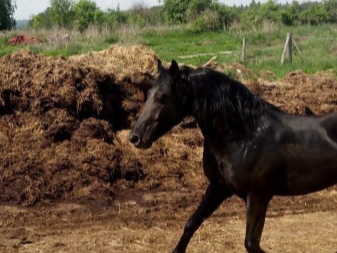
Humus
Humus is a popular natural supplement. It is formed after rotting manure and plant residues for 24 months. This substance contains a minimum percentage of moisture and a large amount of nutrients. The humus does not contain harmful bacteria and microorganisms, weed seeds, so it is absolutely safe for humans and various representatives of the flora. Its functions include not only increasing soil fertility, but also changing the structure of the soil. Humus helps sandy soils retain moisture. And he endows clay substrates with flowability.
Pros of humus:
- suitable for various types of soils;
- not characterized by toxicity;
- makes the consistency of the soil better;
- used in any season of the year;
- increases the productivity of lands and crops that grow on them;
- can be used as biofuel.
The disadvantages of this type of organic fertilizer are the following:
- the need for a large amount of substance per 1 m2;
- dependence on the value and diet of livestock from which humus is obtained.
The use of humus is profitable from an economic point of view if you have your own livestock and fertilize your own plot. In the case of using purchased humus, it is recommended to apply it exclusively for valuable crops.
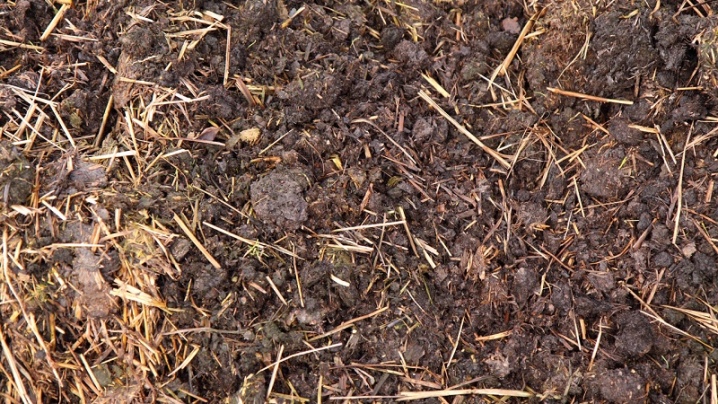
Bird droppings
Another type of organic fertilizer is bird droppings. Even experienced gardeners and summer residents use it with caution, since it contains 16 g of nitrogen, 15 g of phosphorus, 9 g of potassium, 24 g of calcium. From this information, we can conclude that it surpasses pork in acidity. Before you start using this natural fertility treatment, it is worth preparing bird waste properly. For this, feathered excrement is placed on compost or bred.
The positive aspects of chicken droppings include the following:
- acceleration of fruit ripening;
- increase in harvest volumes;
- improving the immunity of vegetation;
- lack of toxicity;
- versatility;
- long term of validity.
The disadvantages of this fertilizer can be called the need for dilution with liquid. In addition, improper use of bird faeces can lead to the destruction of plants on the site, as well as the unsuitability of the manure-treated land. Experts advise using the litter after composting, as the nitrogen concentration in it will be significantly reduced.
If the fertilizer lasts for several months, then it will cease to be dangerous for people and plants.
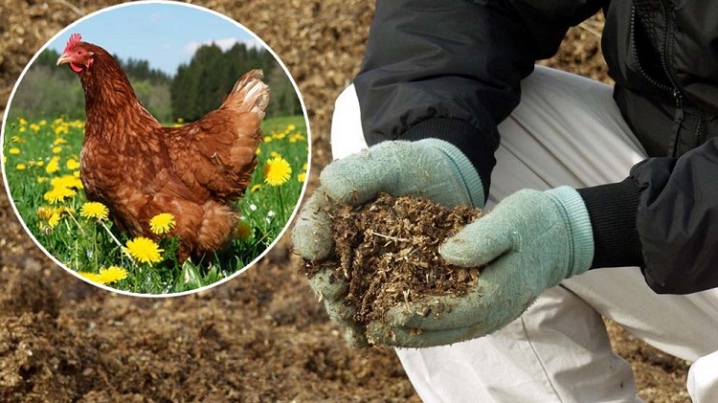
Il
River silt as fertilizer serves the same purpose as manure, but surpasses it in some characteristics. This substance is formed under the influence of microorganisms that purify water from impurities, as well as on the basis of animal and plant residues. In other words, it is called sapropel, it settles on the bottom of rivers, ponds and looks like a jelly-like mass. The greatest amount of silt is observed in water bodies where the current is weak or completely absent.
In agriculture, sludge is used as an organic fertilizer. Its composition depends on the depth of the reservoir, the characteristics of the flow. Usually sapropel contains 2% nitrogen, 0.5% phosphorus, 0.4% potassium. This product is classified as environmentally friendly, so it does not have a negative impact on humans and vegetation. The indisputable advantages of sludge can be considered its high decomposition rate in the soil, as well as the absence of the need for composting for a long time.
Sapropel contains all the components that are needed for the normal life of the flora. Its use as a top dressing fills the soil with all the necessary nutrients, vitamins and minerals. The positive effect of using river silt can be observed for 10 years.
Harvesting of sapropel should be carried out in the summer, when there is a high temperature of the environment and the water level drops.

Peat
Peat collection is usually carried out in swampy areas. Fresh use of this organic fertilizer is strictly prohibited, as it contains a large percentage of aluminum and iron. After two weeks of airing, the hazardous properties of peat are lost. An option to make the fertilizer safe is to mix it with compost. This type of fertilizer is considered suitable for vegetation, the root system of which does not accept tightness. The presence of peat makes the soil lighter and promotes good moisture absorption. The advantage of peat is its ability to neutralize all toxic compounds that are present in the soil.
Quite rarely, this type of organic fertilizer is used as a single top dressing. It is often combined with some kind of organic mineral mixture. For example, it can be combined with slurry from manure, ash, bird droppings. For 1 m2 of territory, 2 buckets of peat will be enough.

Siderata
Siderates are fertilizers of plant origin, with the help of which it is possible to improve the structure of the soil and protect the upper layers of the soil from damage, the appearance of worms. These include oats, lupine, mouse peas, rye, mustard, phacelia. The use of green manure should be started at the moment the buds ripen on them. Experts recommend placing them on the top soil layer without burying them.
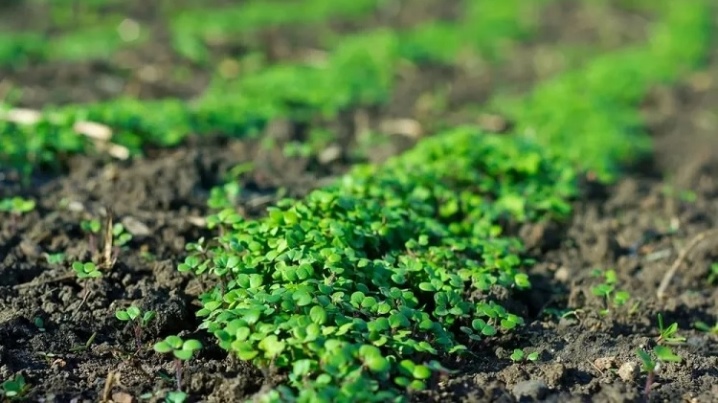
Composts
Compost is considered an easy to prepare and effective organic fertilizer. It is obtained from plant and animal waste. The compost heap over time turns into a mass that is friable and homogeneous. This fertilizer has a brown color and an earthy smell. Unripe compost is well suited for feeding berry bushes and fruit trees.
Compost is an excellent basis for the soil in which seedlings are grown. However, it is worth considering that for this purpose it is better to use a completely rotted substance. In autumn, semi-ripe fertilizer can be placed in high beds, in this case they will be well warmed up by spring.
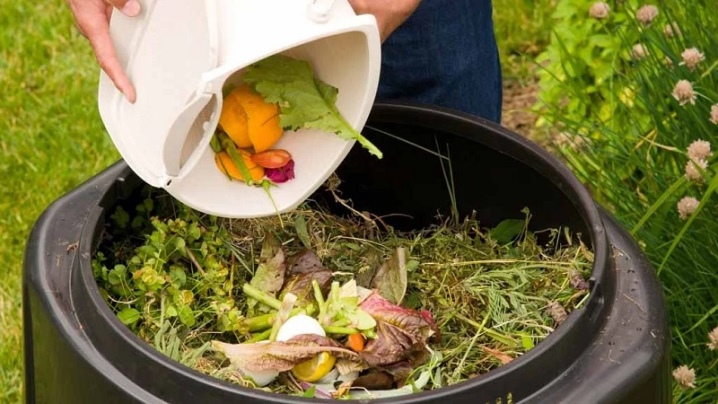
Complex
Complex fertilizers are considered the most demanded, since they are based on 2 or more elements. They are of several types:
- complex - this is ammophos, potassium nitrate;
- complex-mixed - nitrophoska, nitroammophos;
- fertilizer mixtures obtained by mechanical mixing of simple and complex fertilizers.
The use of complex fertilizers implies taking into account their composition and the needs of the plant. In the case when the culture lacks any macronutrient, it can be added to the top dressing. Such substances can be introduced in spring and summer.
The complex composition, which is intended for feeding the plant, should be introduced throughout the entire growing season.
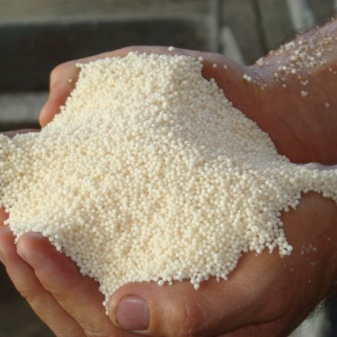
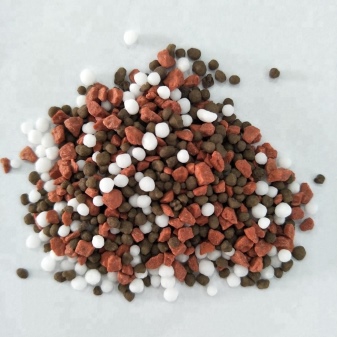
Manufacturers
Organic fertilizers are produced in many European countries. Granular top dressing options are called complete, since they contain a large number of micro and macro elements.
The most popular producers of organic fertilizers are considered to be six well-known companies.
- Orton - the leader of the Russian market for regulators of growth and fruit-formation of plants. Since 1993 (since the television program "Our Garden") the company has been developing and producing highly effective natural agricultural products: growth stimulants, fertilizers, plant protection products and means for preserving cut flowers.
All Orton products are created exclusively on the basis of natural ingredients and without the use of harsh chemicals. And they are completely harmless to humans, animals, fish and pollinating insects (in particular, bees).

The action of Orton preparations is based on natural mechanisms. For example, growth stimulants "Orton" make up for the deficiency of natural growth phytohormones in plants. As a result, even in conditions of a lack of sun, thermophilic crops (tomatoes, peppers, etc.) yield the same abundant harvest as in their native hot climate.
The Orton complex of preparations is designed to support the entire life cycle of a plant - from tillage before planting to harvesting. It has been proven that the combined use of Orton products provides an increase in the yield by 1.5 times and improves the quality of fruits.
- ORGANIC-UKRAINE LLC Are organic eco-fertilizers with high carbon characteristics. The company sells a new generation of micronutrient fertilizers that can increase the yield and quality of fruits.
- BIOBELGROUP - highly effective, environmentally friendly organic fertilizers, the action of which is based on three-phase aerobic fermentation.
- ETNOMIR EXPORT. The manufacturer's activities are aimed at the production and export of natural dressings for the subsequent cultivation of environmentally friendly fruits and root crops.
- ETS HUON - organic fertilizers, soil fertilizers, soil conditioners.
- LIFE FORCE LLC (RESEARCH & PRODUCTION ENTERPRISE) - organic micronutrient fertilizers and soil conditioners. These products are in good demand from farmers all over the world.
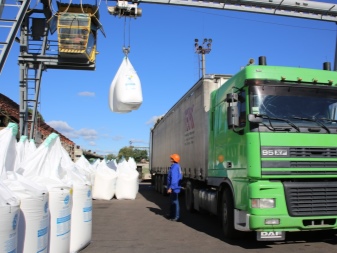
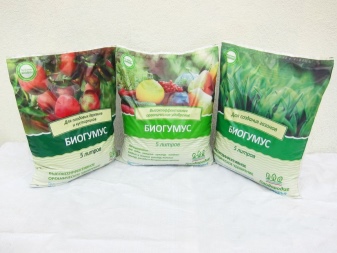
How to choose?
A large number of products can be found on the market today to improve soil quality and stimulate crop growth. However, when choosing an organic fertilizer, you should pay attention to compliance with agrotechnical requirements, the content of nitrates, and production in accordance with GOST.
When choosing the best products in this category, it is worth paying attention to a number of important points.
- A method of growing crops, which can be soil, coconut, or hydroponic.
- The number of components in the fertilizer. Since many substances can interact with each other, 1, 2, 3 or 4 ingredients can be included in the feed.When choosing a product, it is worth giving preference to the one in which there are more components, since this can create a wide range of batteries.
- The growth phase of a culture, since at different periods of development of a plant organism, it needs specific micro - and macroelements.
- Product quality. In order to make the right choice of organic fertilizer, you should carefully study the information that the manufacturer offers.
- Consumption. Each manufacturer produces fertilizer in a certain concentration and dosage.
- Price. The price of a product is influenced by the presence of expensive components in the fertilizer, production method, technology, formula.
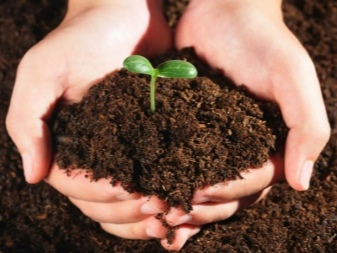

Application rules
Organic fertilizers are used for plants growing in the garden, vegetable garden, and personal plot. They are introduced into the soil to stimulate the growth and development of tomatoes, potatoes, fruit trees, berry bushes and other crops. Before making this or that top dressing, it is worth determining the acidity indicator of the soil and its composition.
Timing
Fertilizers of organic nature are recommended to be applied during the warm season, usually in early autumn or spring. In autumn, there is a slow decomposition of the components of the feeding. However, during this period, the process of humification is activated, which contributes to an increase in soil fertility.
In the spring, when the earth is already warmed up, as well as at the beginning of summer, plants need active nutrition, because they are in a phase of active growth. From all of the above, we can conclude that autumn feeding contributes to the improvement of soil quality, and spring feeding - to the growth and development of crops.

Application methods
To achieve maximum preservation of nutrients in the soil, it is recommended to plow them into the soil. The best fertilization option is considered to be the procedure using a cultivator. Nowadays, many landowners use in-situ liquid fertilization technology. It includes pouring the substance and its subsequent embedding into the substrate.
Fruit trees are best fertilized with humus. For cherries, the best option for feeding is considered to be scattering humus around the trunk circle. To feed the berry bushes with ash, it is worth making shallow grooves near them and pouring the substance there. Indoor flowers also have their own technology for applying organic fertilizers. To feed the flowers with ash, it is mixed with the substrate during transplantation. Ficus, palm, citrus fruits respond well to the introduction of humus. For the procedure, humus is mixed with bird droppings and diluted with water, after which the crops are watered.
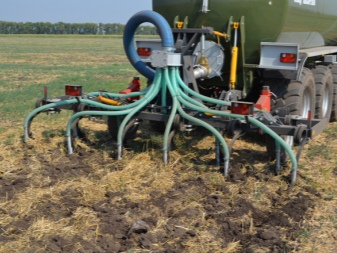
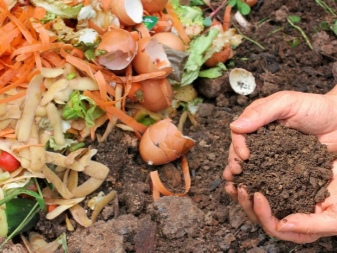
Quantity
The norms for feeding plants with organic fertilizers are as follows:
- cow manure - once every 4 years, it is necessary to apply 35 tons per hectare;
- bone meal is introduced into the ground in a volume of 3 kg per 1 m2;
- bird droppings - experts recommend fertilizing the soil every 36 months, while it is worth adding 1500 grams of substance per 1 m2;
- peat is effective when applying 4–5 buckets per 1 m2.
Whatever type of fertilizer is chosen for application, the landowner should approach the procedure with special responsibility.
Experts recommend not to forget that even the natural composition of top dressing, if incorrectly introduced into the soil, can harm crops.

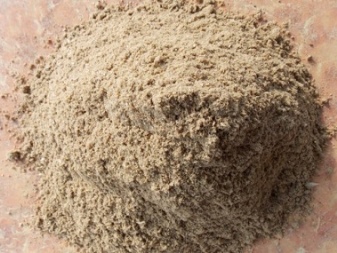
In the next video, you will find an overview of the best organic fertilizers for the garden and vegetable garden.













The comment was sent successfully.